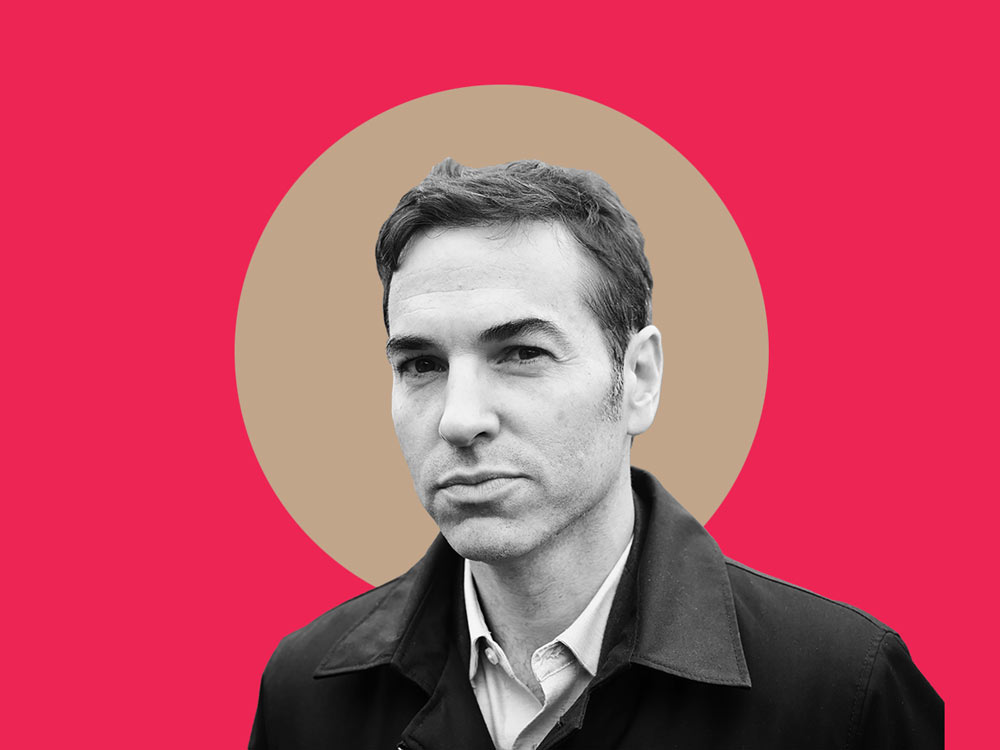The nonprofit sector is worth about $2 trillion a year. But more than 85 percent of that money goes to just 1 percent of the nation’s charities. That’s according to Ken Berger, former head of Charity Navigator, the world’s largest nonprofit evaluator.
“I coined this phrase ‘The Occupy Charity Problem,'” he says, referring to the 2011 Occupy Wall Street protests against wealth inequality. Berger says income inequality in the nonprofit sector is twice as bad. “When you have that much concentration of resources in the hands of a very small number of nonprofits, it has all kinds of ripple effects and challenges.”
You might think that most of the money is simply going to the best organizations. “I don’t see a correlation between where the dollars are going and impact,” Berger says. “The brand that is most well known wins.” He cites the Red Cross as a classic example. If the organization appeals for donations after natural disaster, it will inevitably get the lion’s share of the money. “Most nonprofits don’t have the ability to market on a national scale and get that kind of entrée.”
So how does a donor see beyond marketing and find the best charities?
For years, many have turned to Berger’s former employer, Charity Navigator. The organization assesses thousands of nonprofits using a four-star rating system. But it doesn’t measure impact, which Berger describes as meaningful change in people’s lives and communities. “As a consequence, we use proxies. Charity Navigator is well known for using financial metrics as a proxy,” he says. The organization also considers accountability and transparency as part of its rating process.
During Berger’s seven years at Charity Navigator, he worked on a revised rating system that would emphasize results. “I hope they’ll continue to carry that forward,” he says. But getting there will be difficult. Berger says the vast majority of nonprofits are unable to measure their outcomes, though they face growing demand from funders to do so. Measuring impact is costly too. “Most funders are not willing to give the resources required for those nonprofits to put the systems in place to be able to do that.”
Berger is also concerned about what he calls “the growth motive.” He explains that during his 30 years running nonprofits, he knew his salary, benefits and awards would be based on his ability to grow the organizations. “Being beholden to large donors and foundations and government funders is very much in the central role and can definitely be, if you’re not careful, an impediment to the ability to truly meet the mission.”
“What’s most important is to have an organization that is learning and adapting over time, striving to continuously improve, and using data and research and models to do an even better job of helping as many people as possible,” he says.
Berger is working toward that goal as Chief Educator and Managing Director of Algorhythm, a data science company that helps groups measure their impact. “Algorhythm is trying to infuse in its work with nonprofits very specific guidance, predictions and prescribing ways that these organizations can improve.” Berger says that as these tools become increasingly available, nonprofits will become more rational and effective. “And then I think more resources will come to the table and there will be more philanthropy.”
Sign up for our free newsletters
Subscribe to NPQ's newsletters to have our top stories delivered directly to your inbox.
By signing up, you agree to our privacy policy and terms of use, and to receive messages from NPQ and our partners.
Featured image: Ken Berger (courtesy of Berger)
Additional Resources
Berger in the Huffington Post: Over $1 Trillion to 1 Percent of Charities: How Do We Measure the Results?
Berger’s blog: Ken’s Commentary: Winning the Battle for the Soul of the Nonprofit Sector
Berger on Twitter: @kenscommentary
Nonprofit advisor Caroline Fiennes discusses the challenges of measuring a charity’s impact on Tiny Spark: Charities: Flattering Reports, Poor Data
The Center for Effective Philanthropy’s study finds that few funders pay to help nonprofits measure impact: Assessing to Achieve High Performance: What Nonprofits Are Doing and How Foundations Can Help
The Chronicle of Philanthropy: Charity Navigator’s Controversial Evaluation Effort Put on Hold












